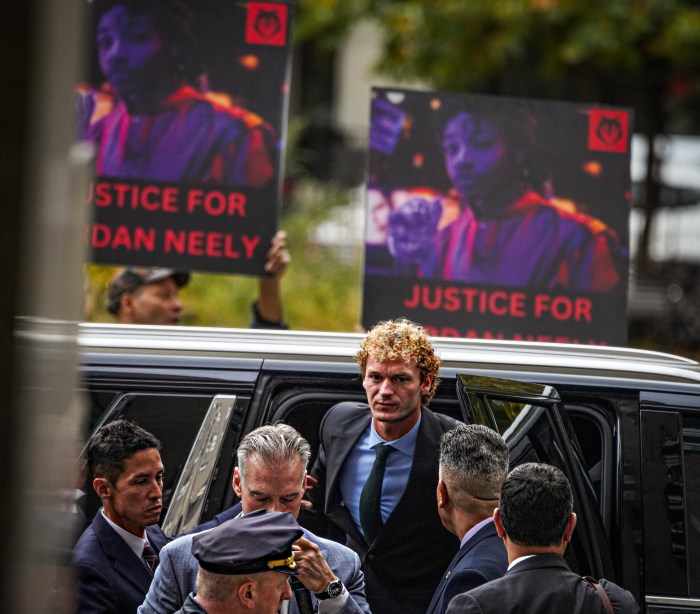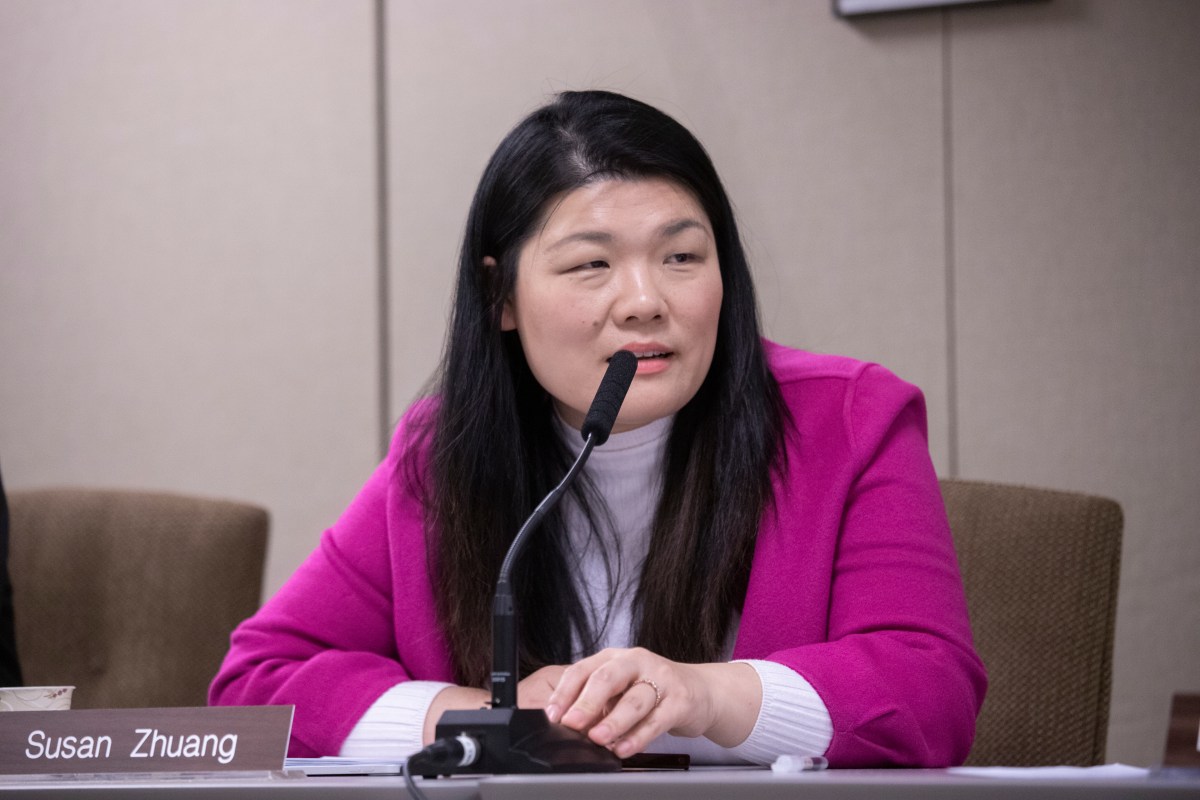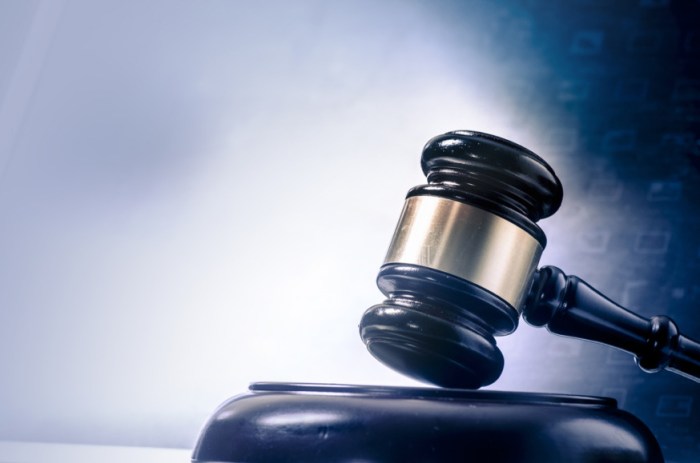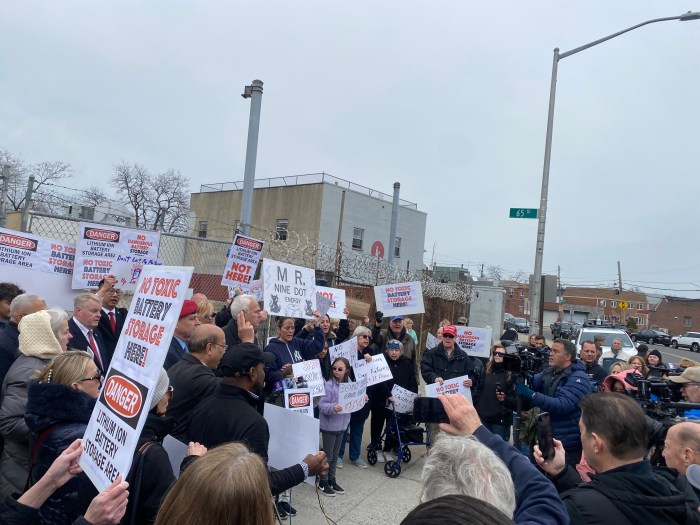Ask most New Yorkers if they feel safer today than five years ago and you’ll hear a resounding “NO.” From shootings on the subway to attacks on the Upper East Side, the change in our city’s quality of life is undeniable. Many of my friends, peers, and colleagues are asking why we feel unsafe—and I share that sentiment.
That’s why I was optimistic when I read the recent op-ed, “It’s time for New York to uncap access to justice,” co-authored by three lawmakers, Assemblyman Alex Bores, Senator Brad Hoylman-Sigal and Attorney General Tish James. Their plea illuminates a critical issue in our justice system: the shortage of Supreme Court judges due to a constitutional cap, leading to judicial backlogs and limiting access to timely justice. A constitutional amendment to remove this cap could indeed help, giving New Yorkers faster resolutions to their cases.
But here’s the question: will simply adding more judges truly make New York safer? My background in journalism compelled me to dig deeper into why so many of us feel less secure, despite efforts to address these issues. What I uncovered shocked me—and made it clear that the problem is more complex than the number of judges hearing cases.
We keep hearing that more resources are needed for the NYPD to tackle crime, but there’s a crucial part of the process being overlooked: what happens between a suspect’s arrest and their appearance in court. The issues plaguing our justice system extend beyond human resources or capacity constraints.
In conversations with elected officials and advocates, I learned about systemic inefficiencies that obstruct justice—outdated practices in district attorney offices, for example, where case details are still logged by hand. That’s right… in some offices, case information is still recorded using pen and paper. This reliance on outdated methods makes it nearly impossible to manage high volumes of cases effectively, leading to missed deadlines, the release of suspects, and dismissed cases, all because of disorganized, archaic processes.
These technological deficiencies and administrative bottlenecks mean that only a fraction of cases even reach the courts, leaving many incidents unaddressed and fostering a climate of mistrust and frustration with the justice system.
We live in a city where technology touches almost every part of life, yet our justice system is stuck in the past. While we could use modern tools – like case management software, data analysis, or even cutting edge AI – to enhance public safety, our court systems rely on outdated methods that stifle efficiency and waste taxpayer dollars. This disconnect underscores a critical issue: our city has access to technology that could make a difference, yet we fail to apply it where it’s needed most.
The proposal to uncap judges is a necessary and important step, but it’s only part of the puzzle. We’ve heard the calls for police resources and increased court capacity; now it’s time to focus on implementing technology to support our legal professionals and streamline justice. True reform requires a modernized system that leverages the best tools available, delivering faster, fairer, and more consistent outcomes for everyone. We deserve a legal system with the resources, capacity and technology to administer justice without delay. Only by addressing these foundational issues can we restore trust in our justice system and ensure safety for New Yorkers
Skye Ostreicher is an Upper East Side resident and founder of In The Room Media.





































